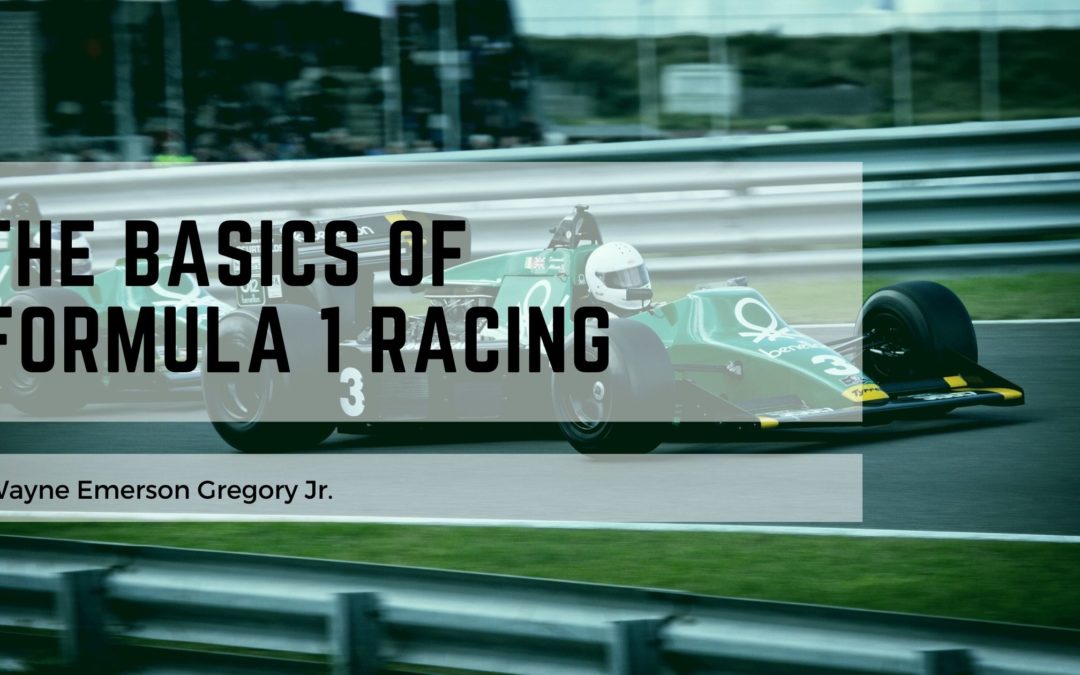It should be easy for any racing enthusiast to understand the thrill of Formula 1 as it follows the same basic concept as any other type of race: The racers go as fast as they can, and the first one to cross the finish line is the one you cheer for. The presence of flashy automobiles and thunderous engine-revving goes without saying.
One thing that sets Formula 1 – or F1 as it is often shortened to – apart from other types of racing would be the points system. Each driver is part of a team. The place that a driver finishes in determines the number of points that they’re awarded. At the end of the racing season, a team and an individual racer are crowned with the world champion title.
Creative Freedom vs. Rules
F1 is simple enough for the casual spectator to follow, but it’s also full of nuances for the more hardcore fans to explore in great depth. There are exceedingly stringent regulations that Formula 1 racecar designs must adhere to. That being said, drivers and their technical crews have enough creative freedom within those rules to push their engineering innovation to the highest possible level. This design ingenuity factor draws many mechanically minded fans to the autosport, who see it as the perfect blend of driver’s skill and machine’s performance.
Design
By taking a quick look at a Formula 1 car, it’s easy to see that it’s not like standard automobiles or stock racecars. The first thing that most people notice is that it’s a single-seater with an open cockpit. This design situates the driver as low as possible, giving the car a lower center of gravity. This provides better maneuverability and reduces the risk of flipping over. Drivers stretch their feet forward and lean back, which has the effect of making them look like they’re lounging in a hammock.
The wheels are situated outside the car’s body in what’s known as an open-wheel design. F1 regulations mandate that all cars have four wheels. The two front wheels are used for steering, with the propulsion coming from the rear wheels. This propulsion is fueled by a tank directly behind the cockpit, which puts it right in the back of the driver’s head. The fuel tank is situated directly in the middle of the car in an attempt to prevent explosions.
